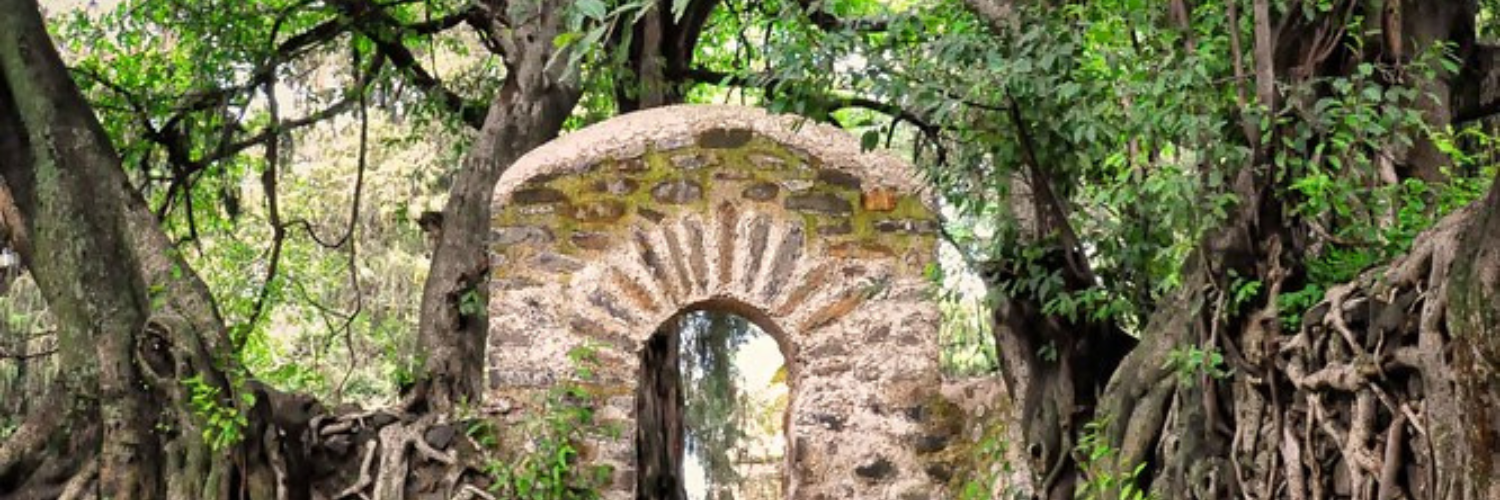
Dear colleagues,
Many years ago, I spent time traveling in northern Ethiopia, learning about its incredible Christian history. One day I took a bus from Lalibela, the town I was staying in, to visit an outlying church some distance away. We rode through mile after mile of open fields. There were few trees around. Much of the fuel for cooking in Ethiopia comes from charcoal, which necessitates cutting down trees. As a result, the sun was relentless and inescapable and we could see signs of incipient desertification. The situation changed as we approached the church. Suddenly, there were trees all around us. The weather cooled noticeably. There was that most valuable thing of all, shade.
I found myself thinking of that visit the other week when I attended a webinar about the new “Communion Forest” project. This initiative was launched this summer by bishops from across the Anglican Communion who were gathered in England for the once-a-decade (more or less) gathering known as the Lambeth Conference. The Communion Forest is meant to serve as a catalyst for Anglicans to engage in creative efforts to “strive to safeguard the integrity of creation and sustain and renew the life of the earth,” in the words of the Five Marks of Mission, a list created some years ago to guide Anglican efforts in mission.
The webinar was fascinating. One of the most striking aspects was a photograph that was shown from Ethiopia. In the picture, which is taken from the air, you can see plenty of brown fields with hardly a tree in sight. Right in the centre of the picture, however, is a small forest and right in the middle of the forest is a church. It turns out that church I visited those many years ago was far from unique. Alemayehu Wassie is an Ethiopian forest ecologist who has dedicated his career to forest preservation. He says that if you see a forest in Ethiopia, you know there is very likely to be a church in the middle. (You can read more about his work and see pictures of these church forests in this article from Nature magazine.) There are apparently 35,000 of these church forests in the country and each preserves incredible biodiversity. The preservation has an explicit religious motivation: the forest is seen as a symbol of heaven on earth. The natural environment and the spiritual environment have become linked. This is not a surprising connection to make. The vision of the new Jerusalem in Revelation is of a garden city with a tree at its centre “and the leaves of the tree are for the healing of the nations.” (22:2)
As I listened to the webinar, I thought about Montreal. It’s true we have an incredible forest in the middle of the city on Mont Royal. But I also thought about research that shows how tree cover is particularly thin in poorer neighbourhoods of the city and particularly full in richer neighbourhoods. (If you doubt this, just drive down Boul. l’Acadie with Park Ex on one side and TMR on the other and count the trees you see on each side of the road.) Learning from Christians in Ethiopia, perhaps we too can work towards a vision of biodiverse forests that sustain our spirituality and whose leaves are for the healing of the nations.
Faithfully yours,
Jesse Zink
Principal
This message was written by Jesse Zink for this week’s Wingèd Ox, a weekly news digest distributed to the college community.

